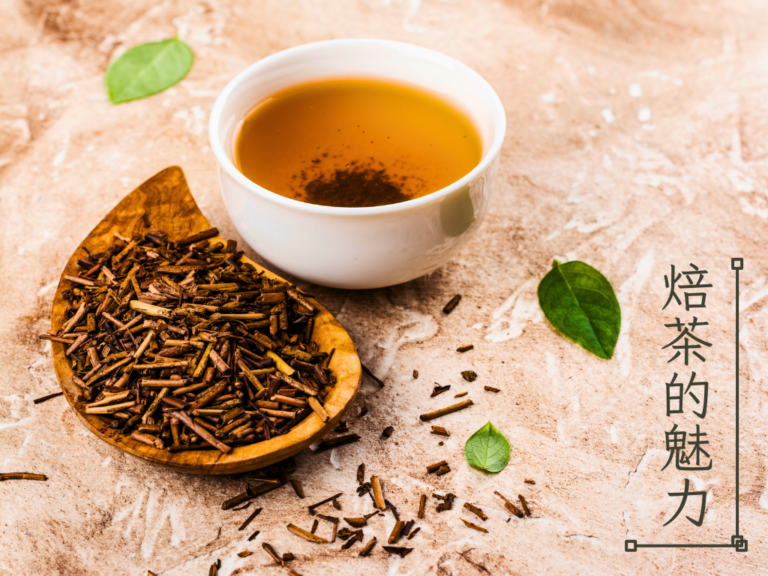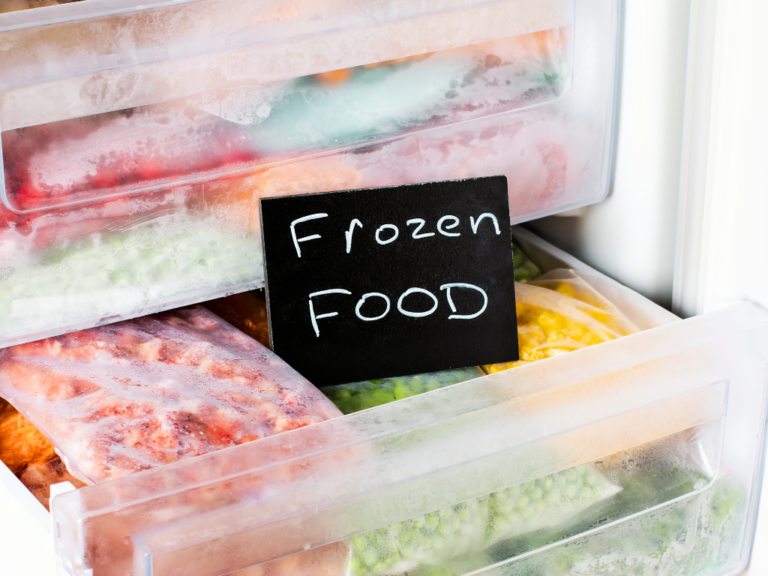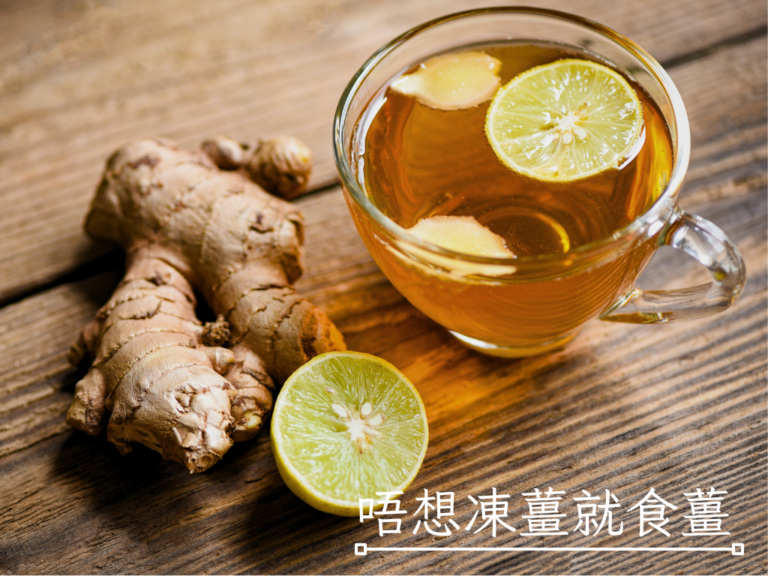Your basket is currently empty!
Life feels mundane, and everyone says we should find some fun in our conversations to make life better, just like adding the right amount of seasoning in cooking to make each day full of surprises and deliciousness! Today, it's also about sharing the little things that spice up life.
Seasonings refer to food ingredients such as spices, sauces, or preparations used before, during, or after cooking, or during the consumption of food, to impart specific flavors, enhance taste, or complement the essence of dishes. When further categorized, seasonings can be divided into ingredients and condiments.
When talking about spices and herbs, they are not just about adding flavor to food but are also magical elements in the kitchen. These diverse seasonings and herbs, like a palette in cooking, enable chefs to create endless possibilities of culinary combinations. Whether it's five-spice powder, curry powder, or distinctive spices from different regions, they serve as sources of inspiration in cooking, bringing unique flavors and charm to every dish.
Currently, there are over 35 common spices and over 30 herbs. Additionally, there are over 40 blends of spices developed based on different regions, which can be categorized based on their form (such as powders like five-spice or curry powder), seed-type (spicy blends, Italian blends, etc.), or sauce-type (mustards, pestos, mushroom sauces, etc.).

Where are the main producers of edible spices located?
The primary producers of edible spices are located in regions near the equator, between approximately 25 degrees north latitude and 10 degrees south latitude. The climate and soil conditions in these regions are favorable for the growth of spice plants. They are primarily produced in Asia, the Americas, the Mediterranean region, North Africa, the Middle East, and some colder regions in Europe. Currently, the largest exporter is India, while Indonesia, Brazil, Madagascar, Malaysia, among others, are also significant spice exporting countries. Spice plants thrive in these regions due to climate and soil conditions, producing high-quality spices.
Which countries use spices the most?
Since the main spice-producing countries are concentrated in Asia and the Mediterranean region, each country utilizes its unique spices in their cuisine, such as onions, garlic, and chives.
In Taiwan, commonly used spices like ginger, chili peppers, and star anise are often found in braised dishes, night market snacks, and barbecues.
In India, popular spices include turmeric, pepper, curry leaves, star anise, cumin, fennel, and cardamom. Turmeric is widely used for flavor and coloring, while pepper adds spiciness. Curry leaves are common in curry dishes, and star anise and cumin provide unique aromas and flavors to Indian cuisine. Spices like fennel and cardamom are also frequently used in various Indian dishes, adding distinct flavors.
In Southeast Asia, countries like Indonesia and Thailand use garlic, cilantro, chili peppers, cumin, lemongrass, coriander leaves, and galangal. In Northeast Asia, countries like Korea and Japan commonly use chili peppers, Sichuan peppercorns, and wasabi. Wasabi is a popular condiment in Japanese cuisine, especially paired with sashimi or sushi.

What is the most expensive spice in the world?
Saffron is the most expensive spice in the world, costing approximately 10 times more than vanilla and 50 times more than cardamom.
What is the difference between spices and herbs?
In essence, spices typically refer to aromatic substances derived from fruits, seeds, bark, buds, arils, rhizomes, bulbs, roots, stigmas, styles, or fruits of plants. On the other hand, herbs generally refer to the leaves or stems of plants.
While many believe that seasonings can enhance the flavors of our meals and elevate natural ingredients, I am quite lazy and still prefer to enjoy them in their original and unadulterated form.






